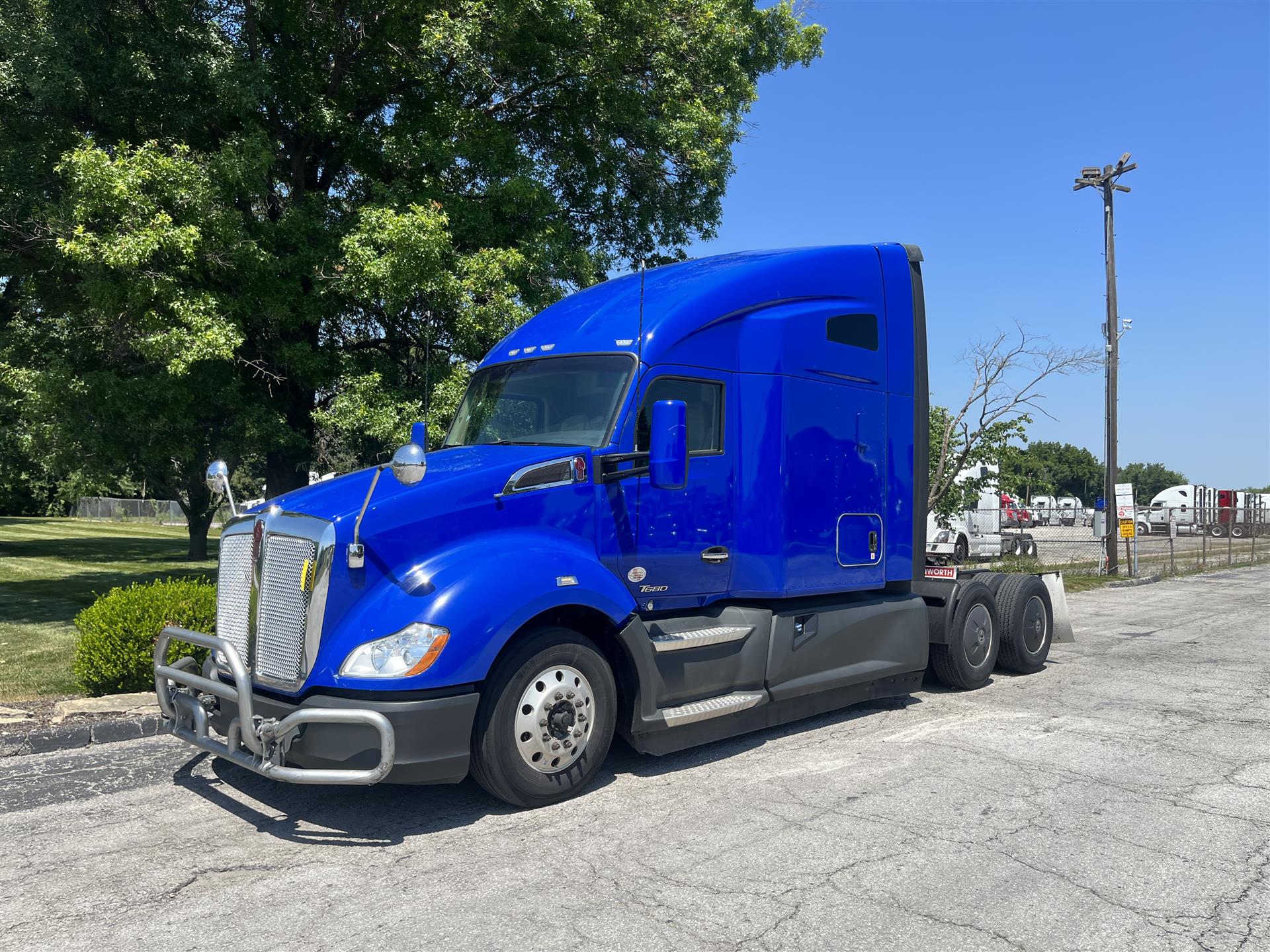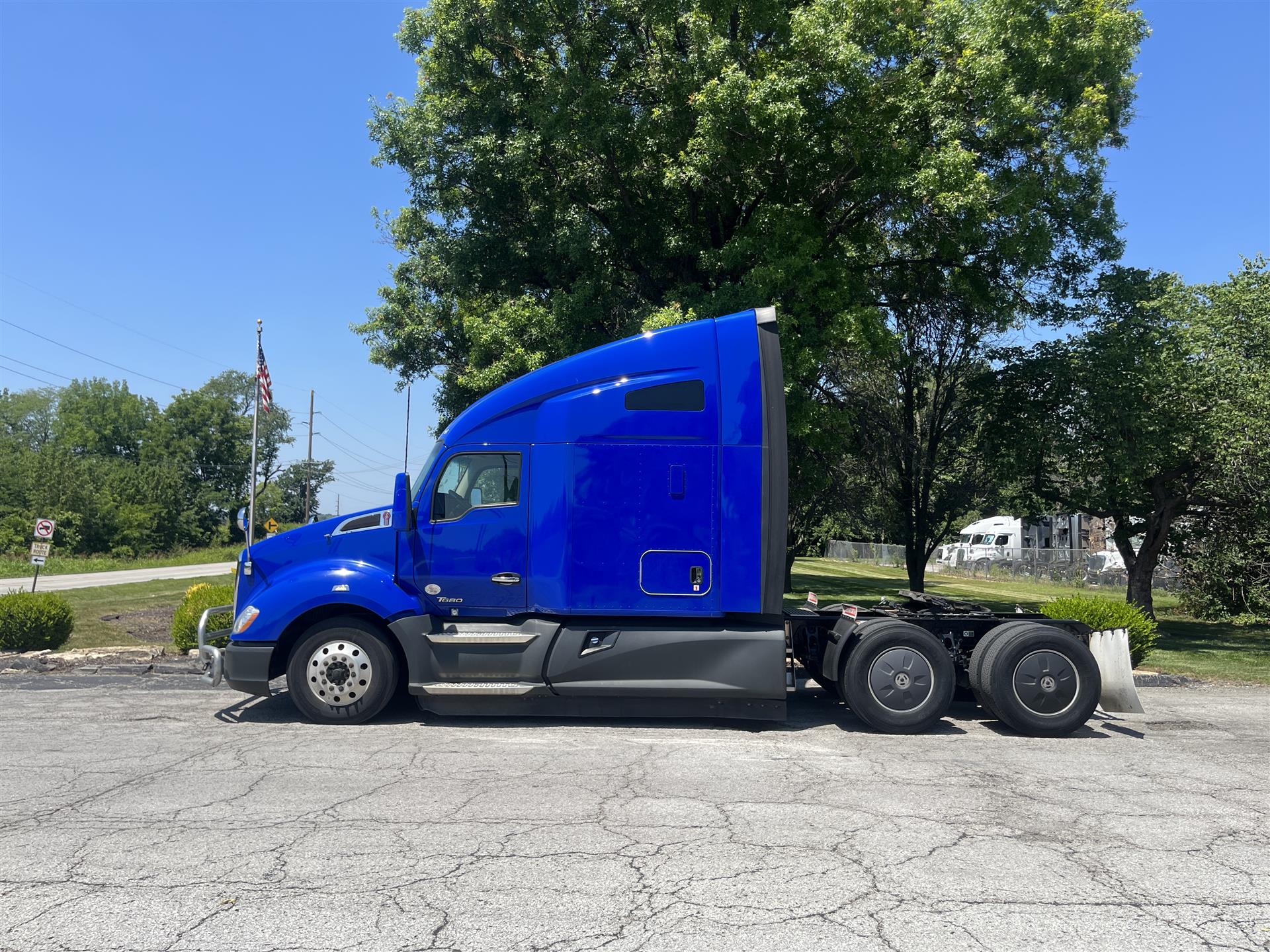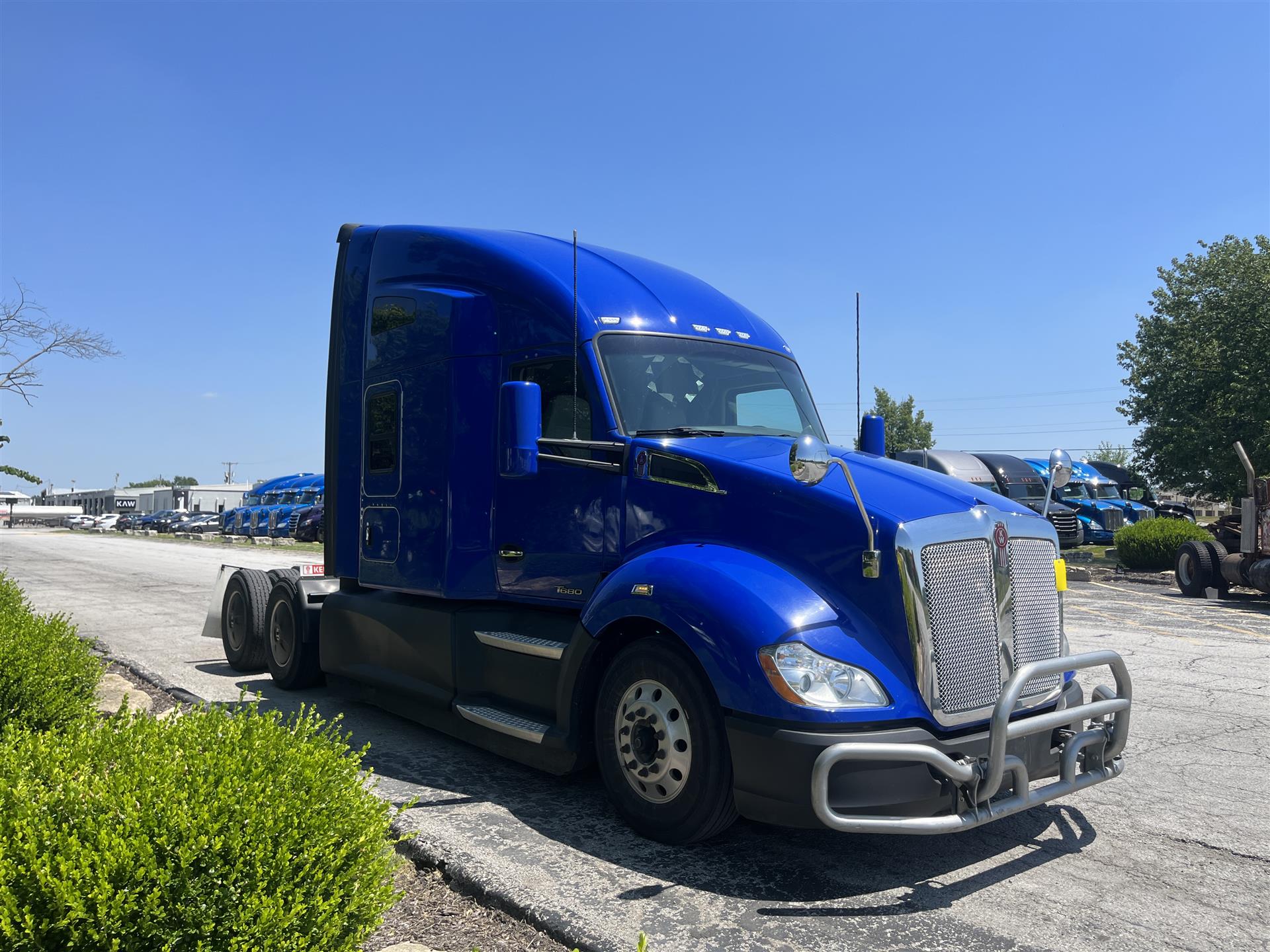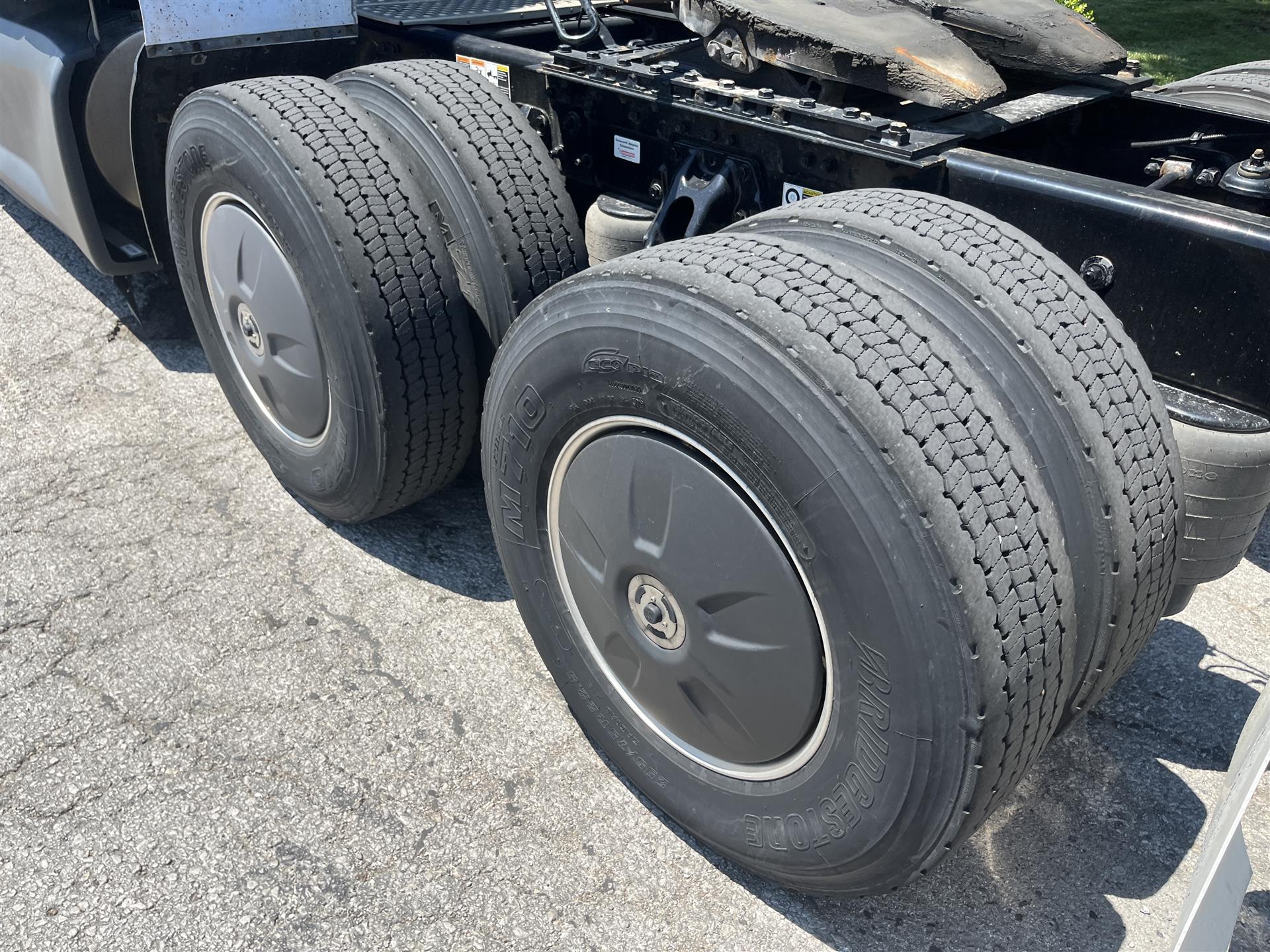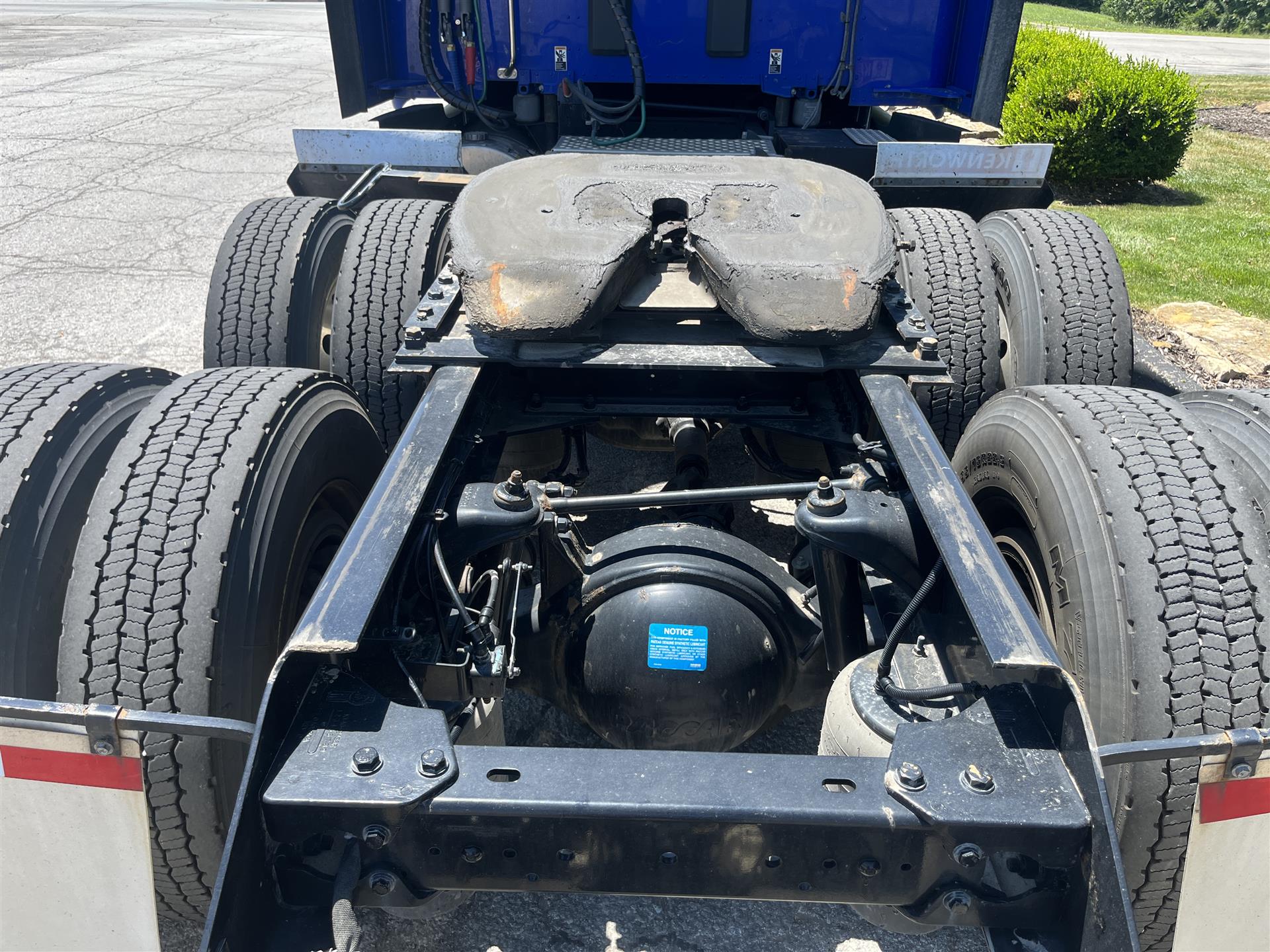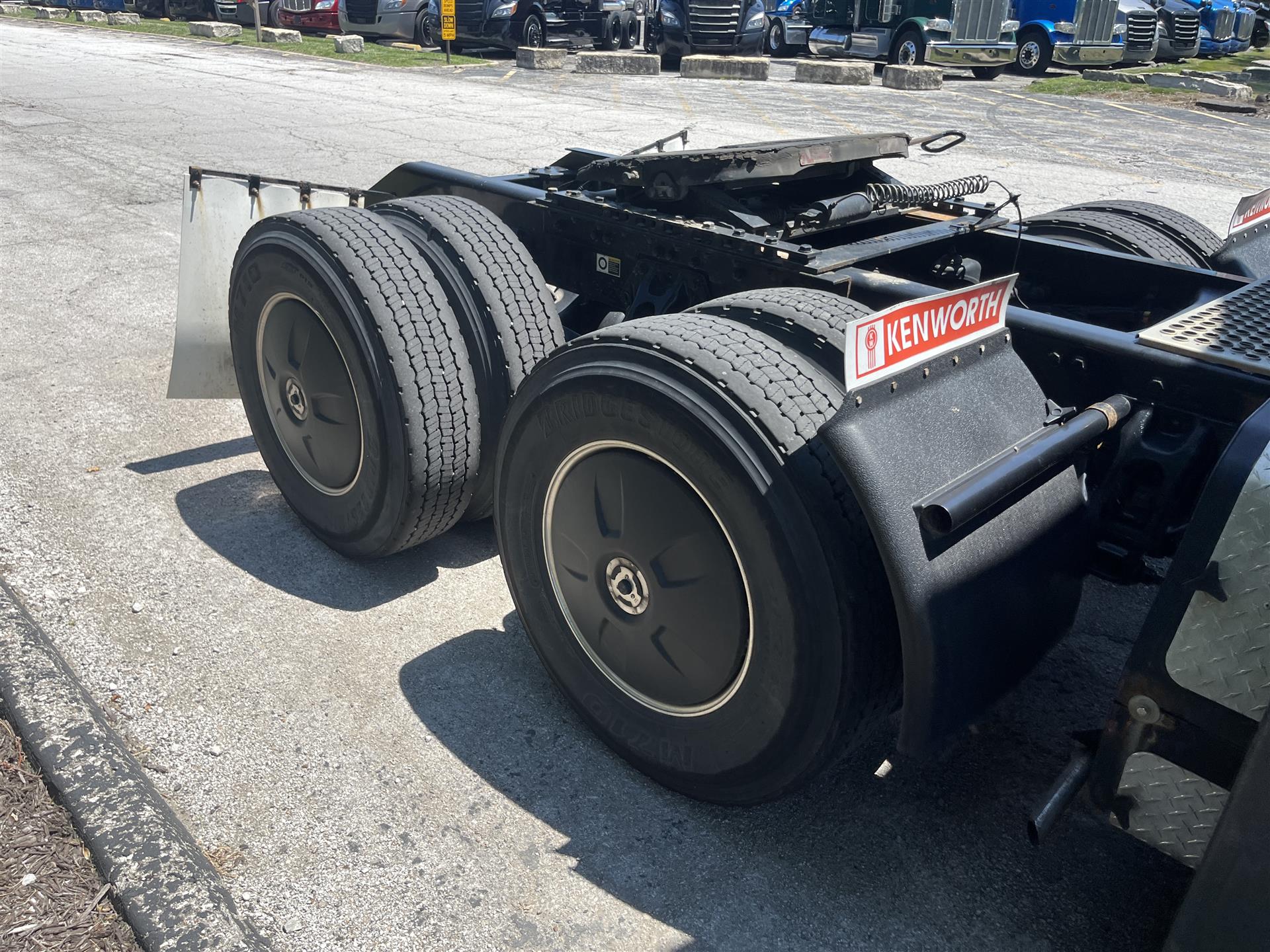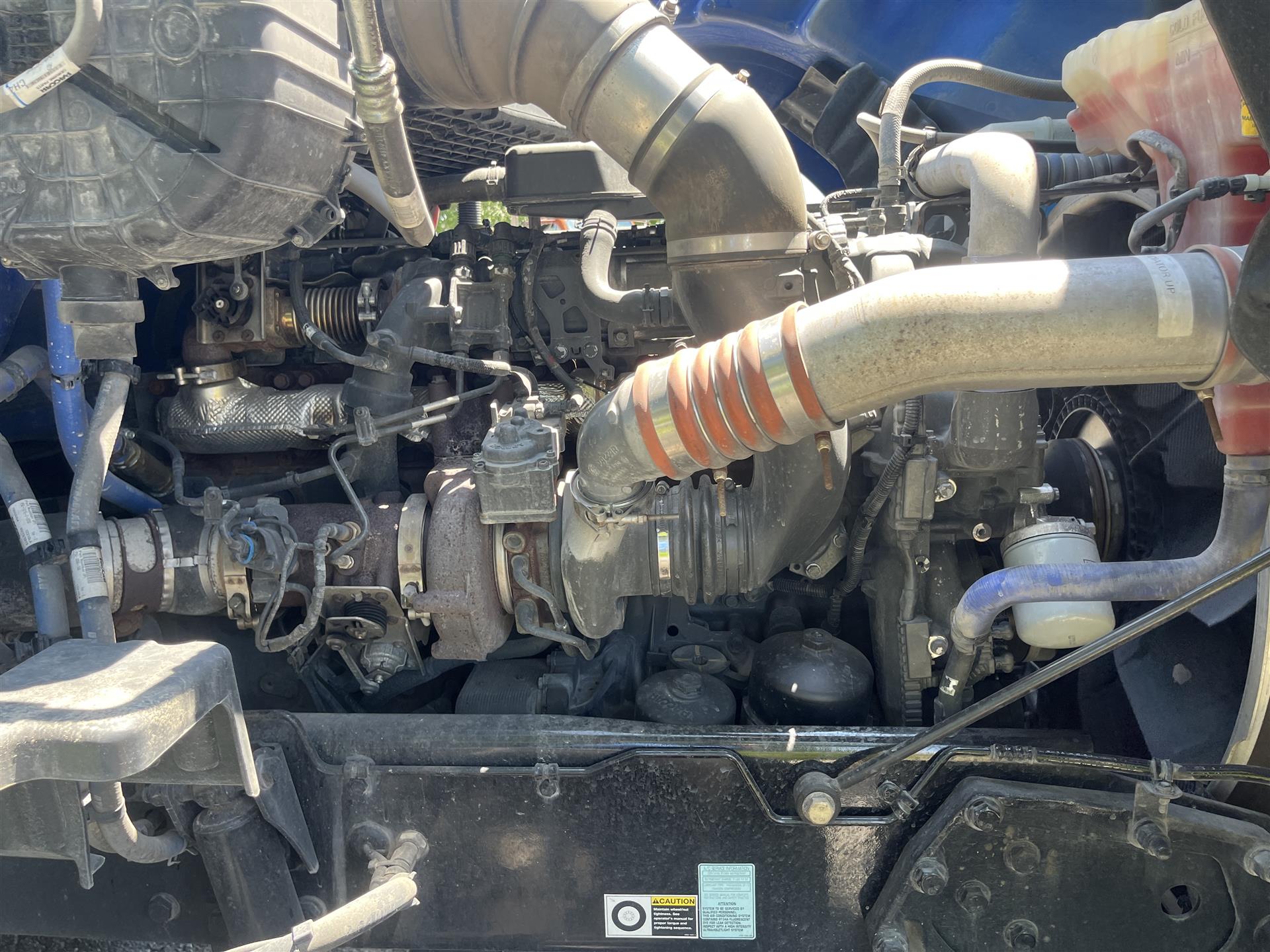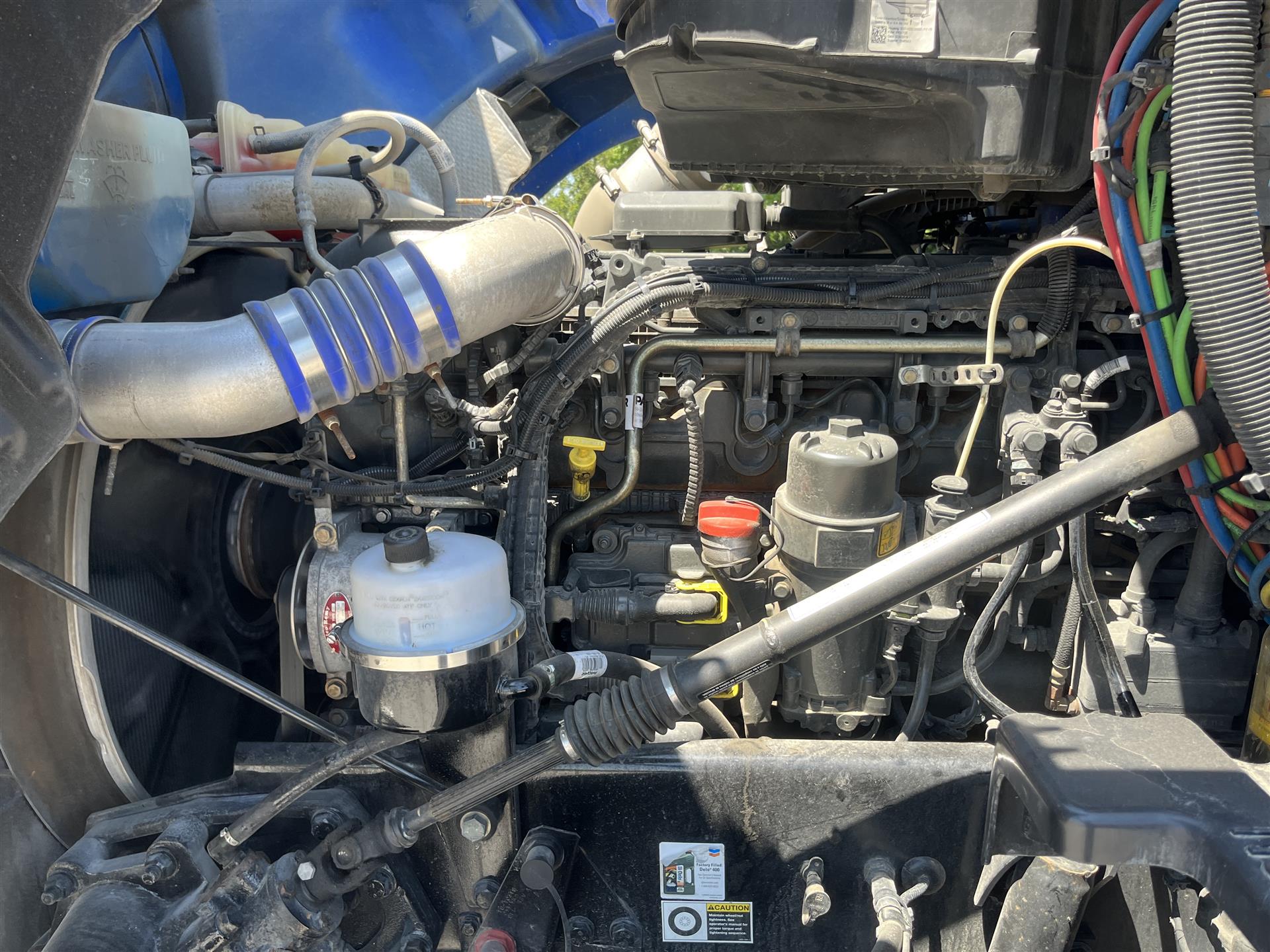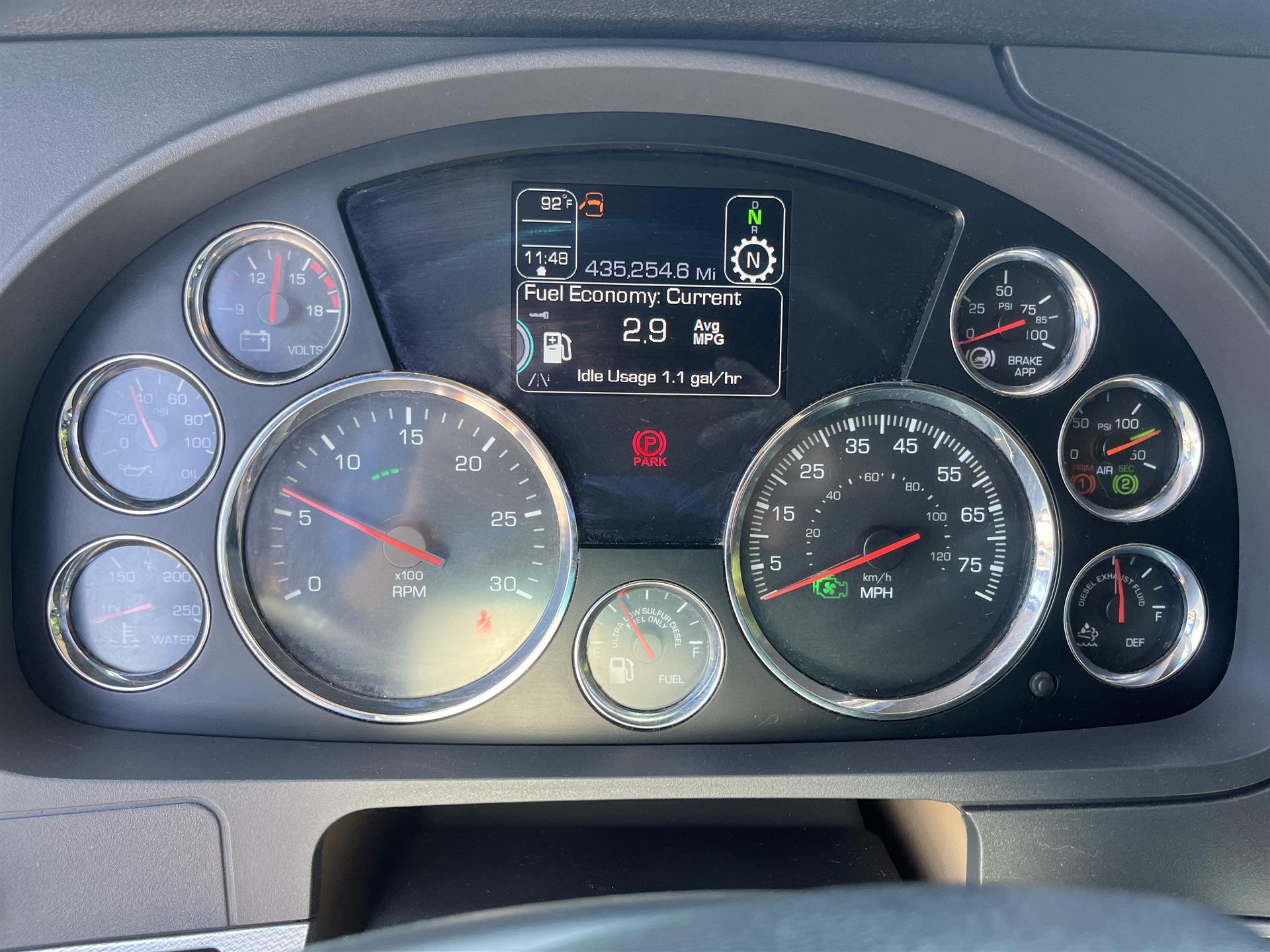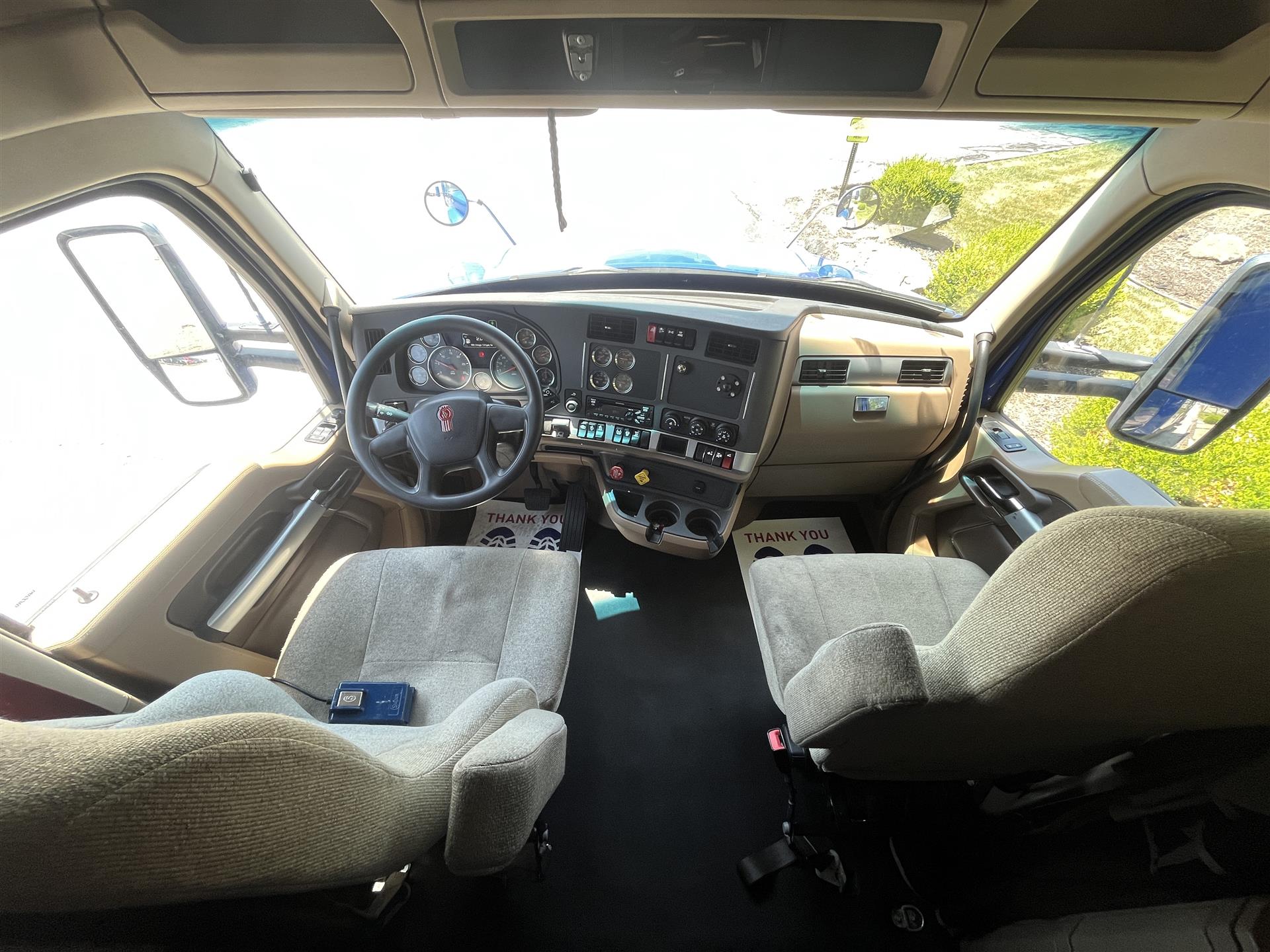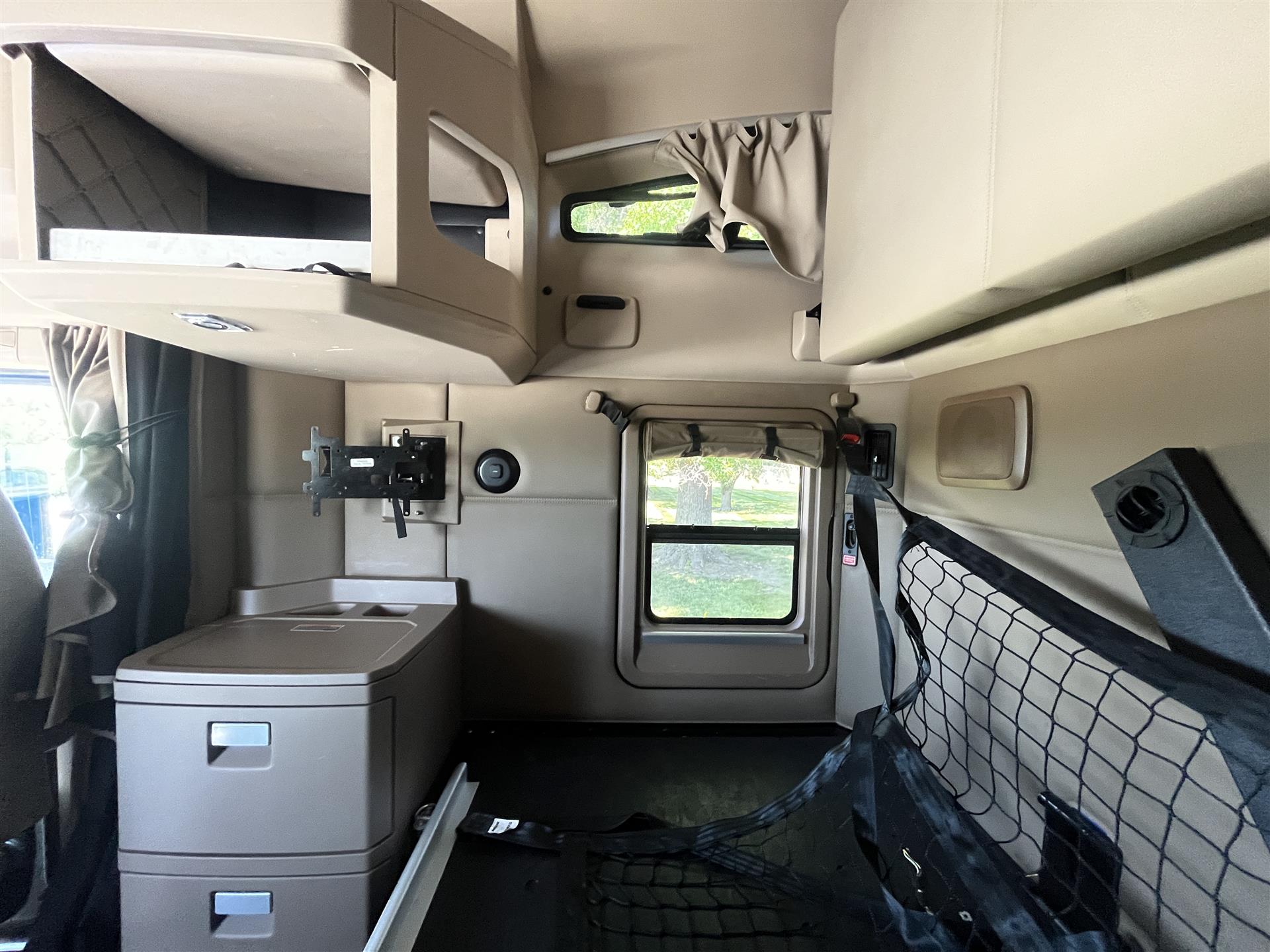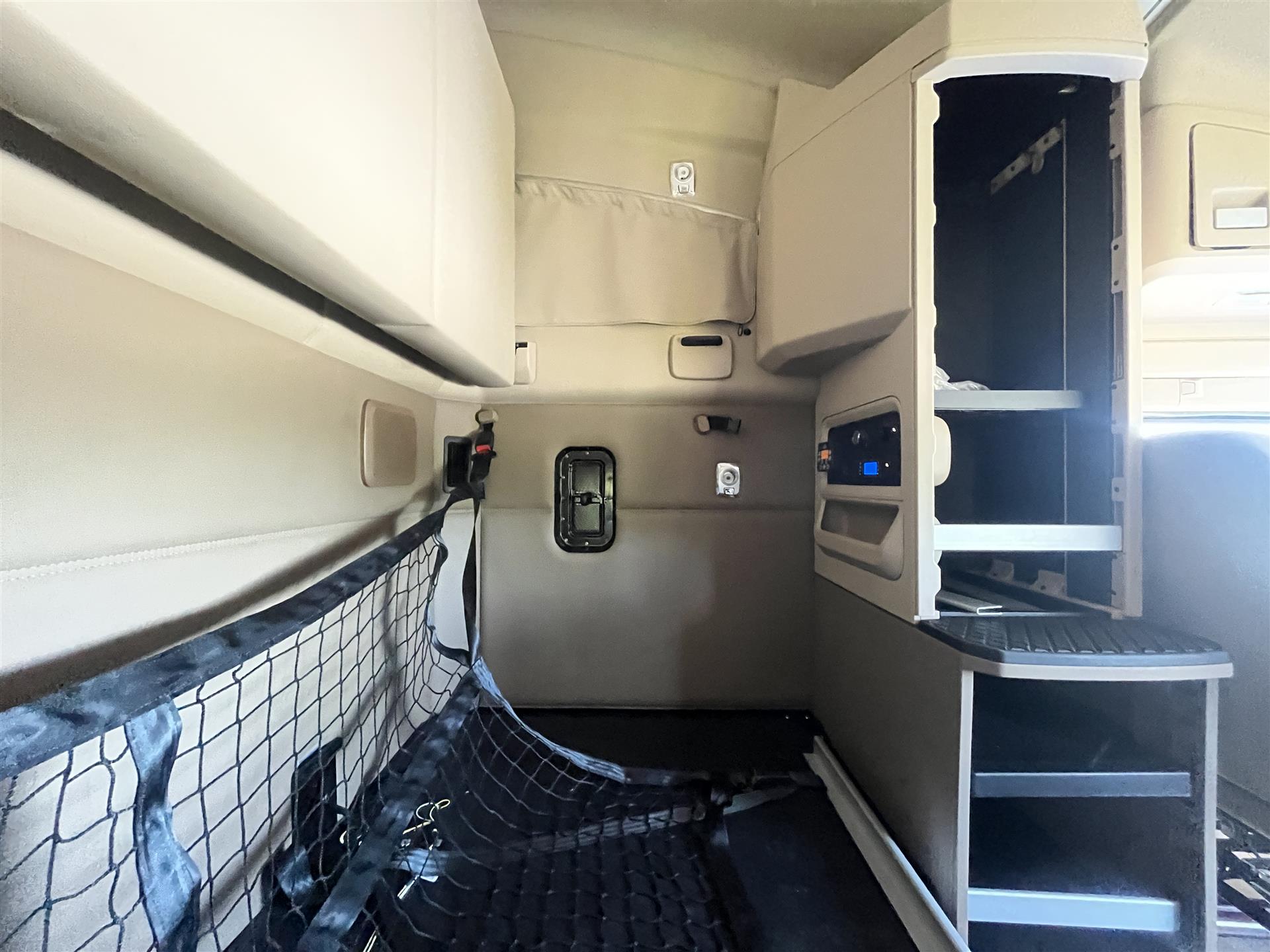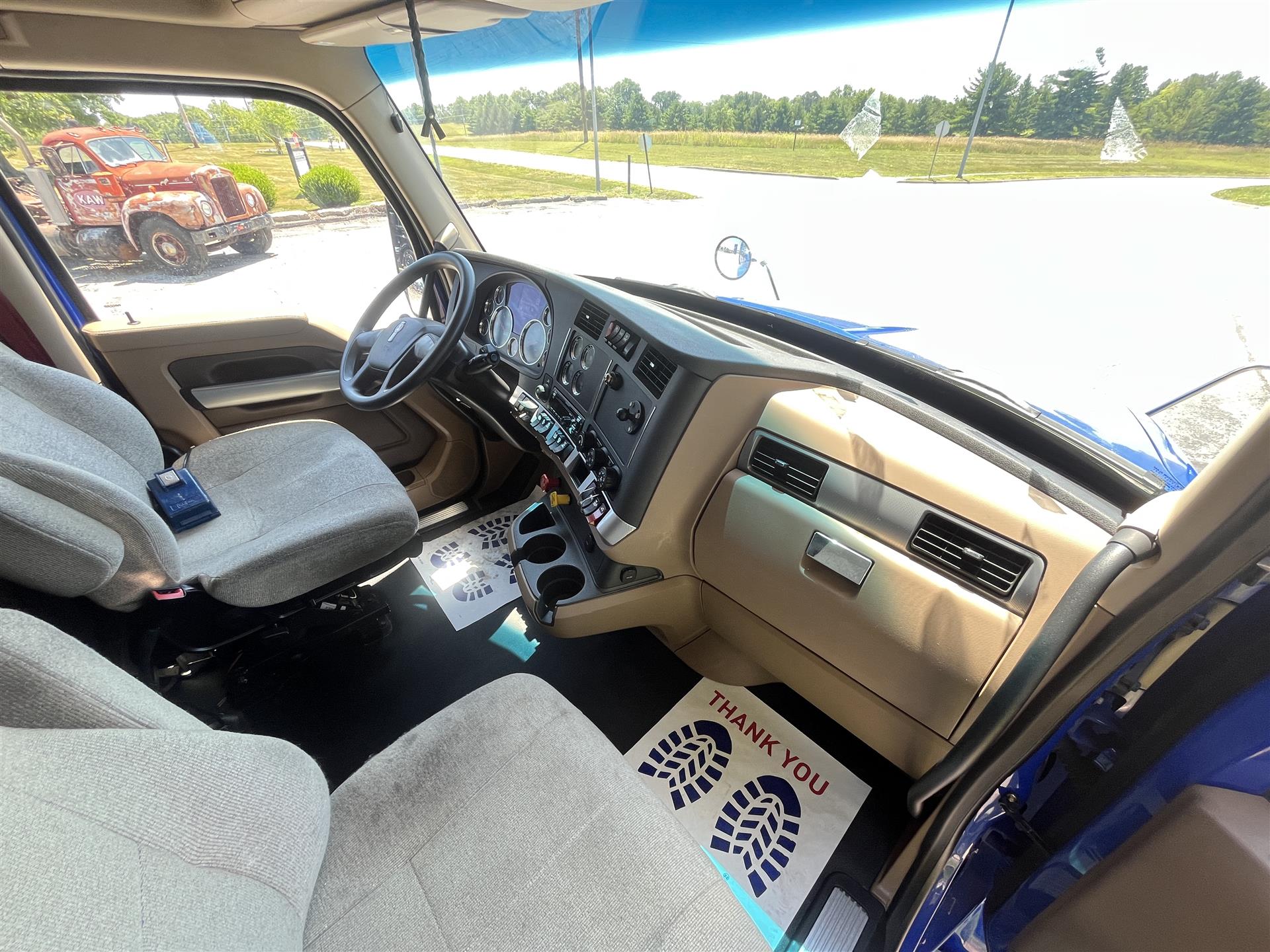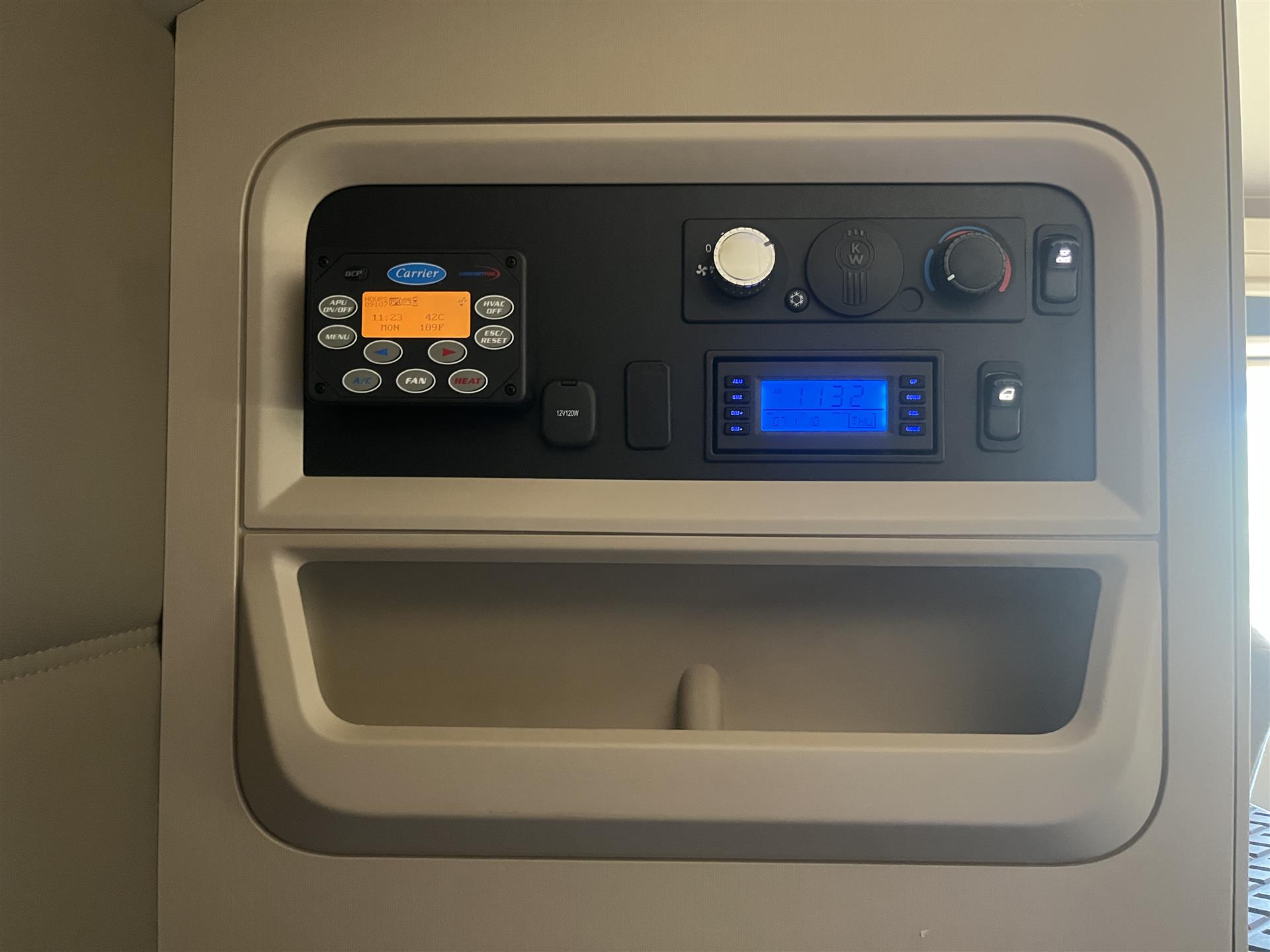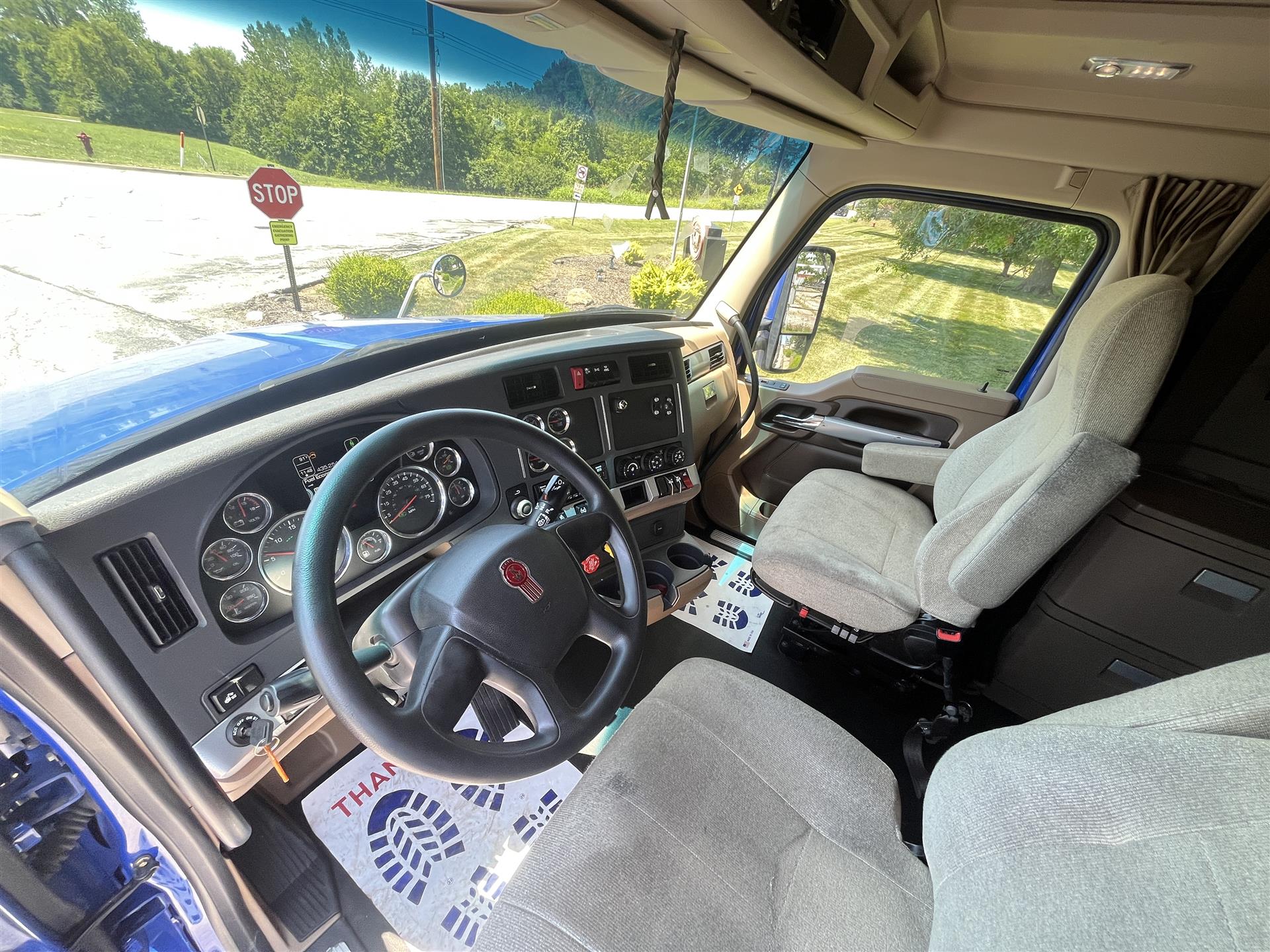In the cutthroat realm of trucking, pinching pennies and shaving off minutes can be the difference between a thriving venture and one struggling. One of the most powerful tools in an owner-operator’s arsenal? Route optimization. Dive into how route optimization in trucking saves money and boosts business efficiency.
The Perks of Perfecting Your Route
Zeroing in on optimal routes can be transformative for your trucking business. Here’s why:
- Fuel Efficiency: Covering shorter distances and avoiding gridlocks means consuming less fuel. That’s a direct save on your operational costs.
- Time Management: The quicker you get from A to B, the more jobs you can take. More jobs? That’s a direct line to increased earnings.
- Vehicle Health: A reduced time on the asphalt translates to decreased wear on your truck. Fewer repairs mean fewer unexpected expenses.
- Customer Relations: No one likes waiting. Delivering on time (or ahead of schedule) can boost your brand’s reputation, leading to repeat business and glowing reviews.
Tapping into GPS Tech
Today’s GPS isn’t just about pointing directions. For truckers, modern systems offer real-time traffic intel, specific road conditions, and, crucially, truck-tailored routes to avoid tricky spots like low bridges.
Harnessing Advanced Route Planners
Tools like PC*MILER, MyRouteOnline, and TruckRouter aren’t just fancy add-ons but game-changers. They offer detailed routing based on multiple stops, truck specs, and dynamic factors like fluctuating fuel prices or weather disturbances.
Route Optimization Best Practices
To truly ride the route optimization wave, keep these strategies in mind:
- Be Proactive: Don’t just react; anticipate. Know your route beforehand, scout for potential disruptions, and always have a Plan B.
- Adaptability is Key: If the road throws a curveball, be ready to change tack. On-the-go route adjustments can be lifesavers.
- Efficiency in Combining: If you can handle multiple deliveries or pickups in one journey, do it. It’s all about maximizing each trip.
- Reduce Deadhead Miles: Deadhead miles are driven with an empty truck after a drop-off. Minimizing these saves fuel and ensures you’re making the most of every mile.
- Track to Tweak: Monitor metrics – from fuel metrics to delivery punctuality. This data can offer insights for future optimizations.
In sum, if there’s one thing an owner-operator should be optimizing (besides their rig), it’s their routes. Embracing route optimization is more than just a business strategy; it’s a commitment to efficiency, growth, and the success of your trucking enterprise.




